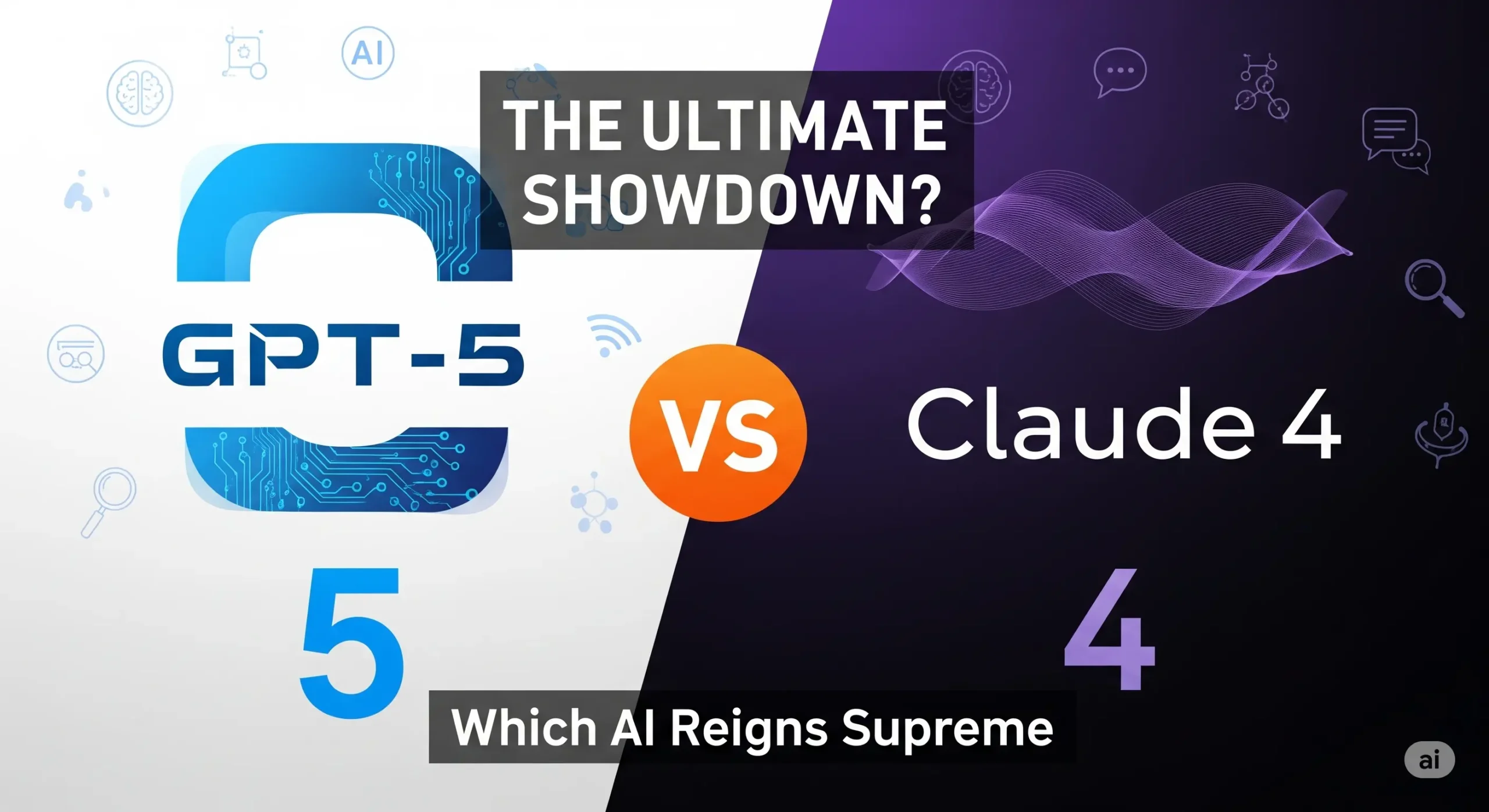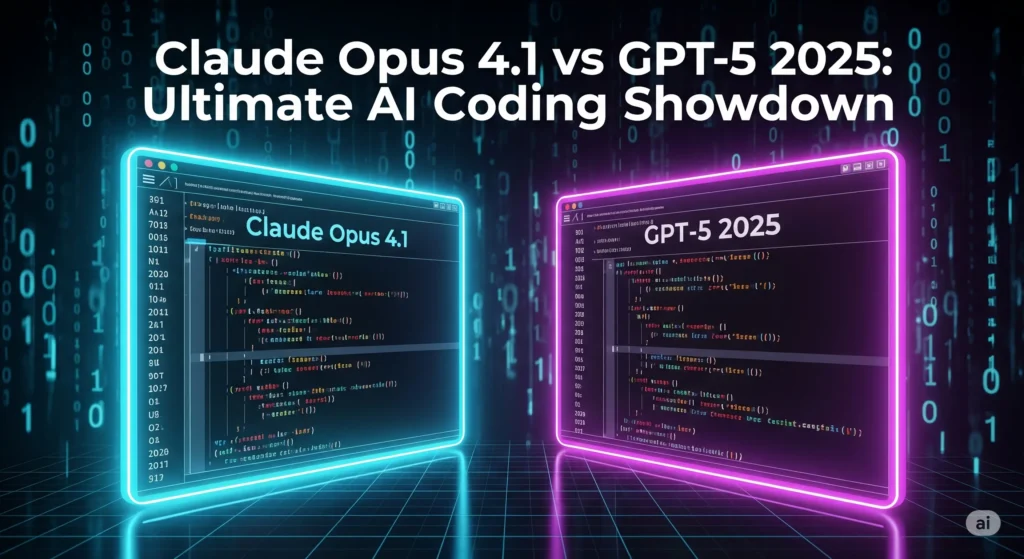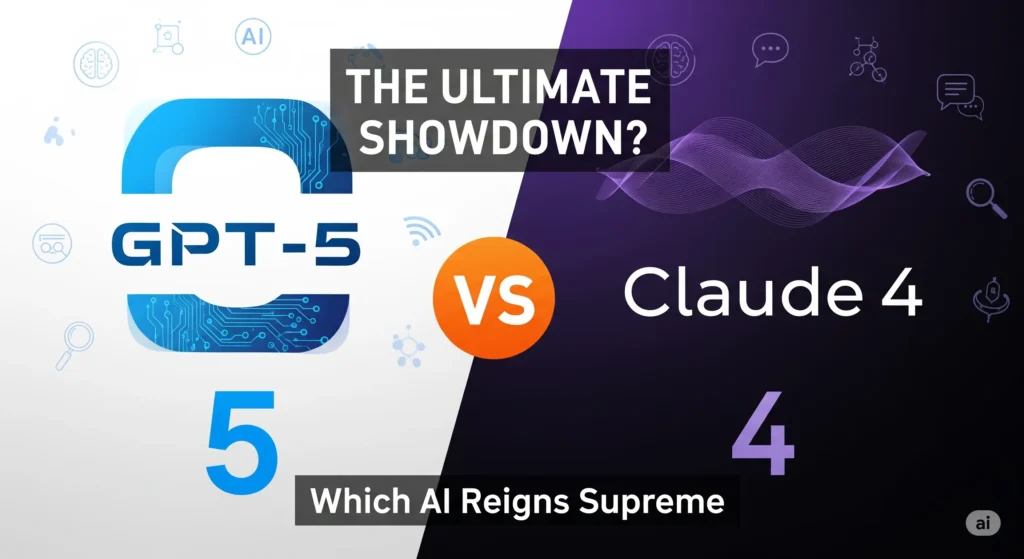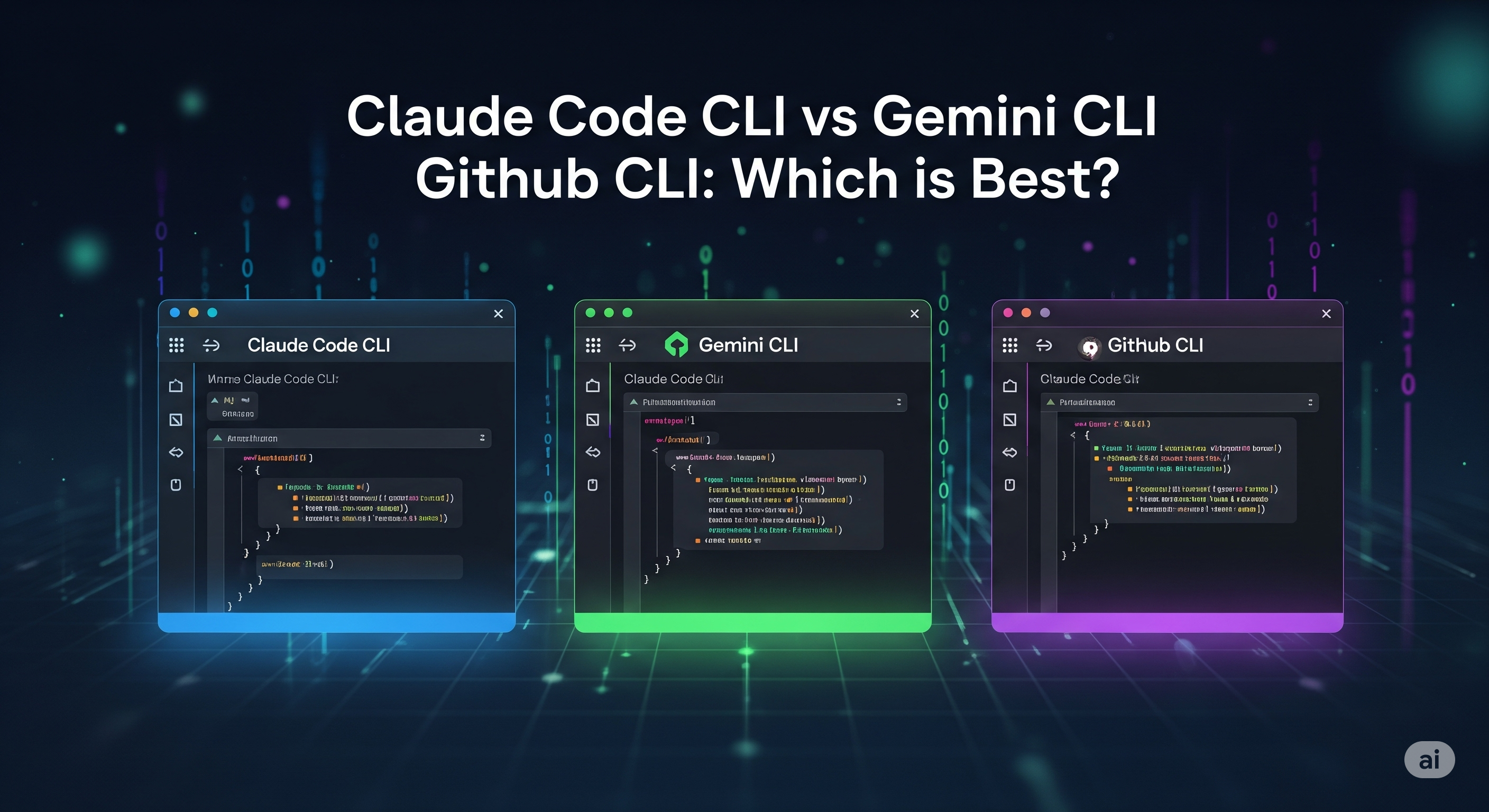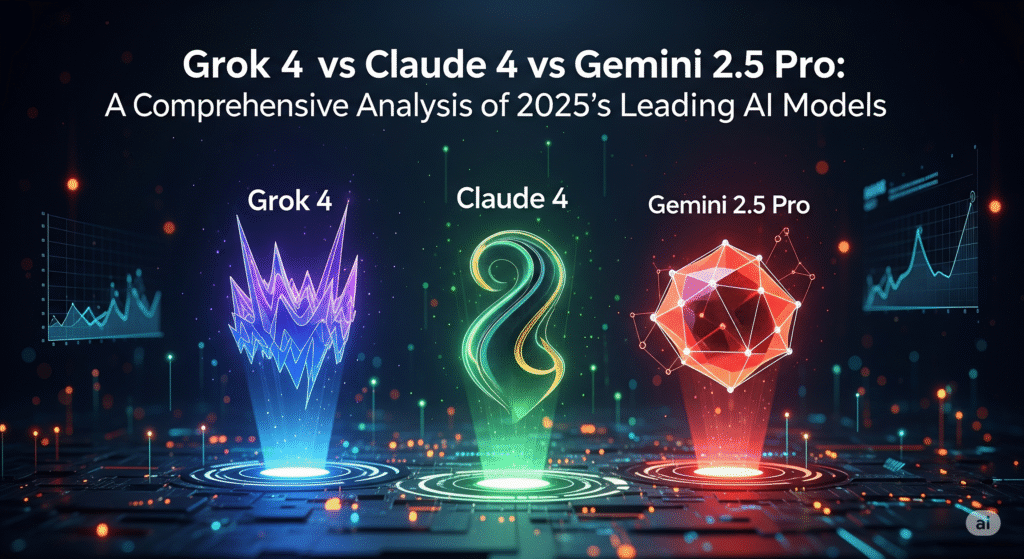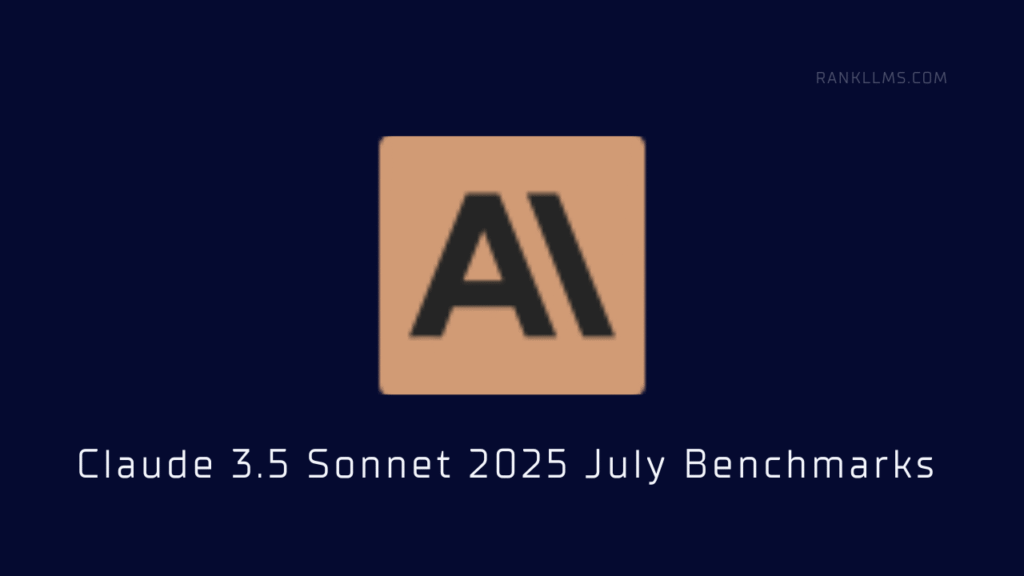The AI landscape witnessed a major showdown in August 2025 with the releases of OpenAI’s GPT-5 and Anthropic’s Claude 4 family. Both models represent significant leaps in AI coding capabilities, but they excel in different areas and serve distinct use cases. Based on extensive benchmarking data, developer feedback, and real-world testing, the answer depends on your specific coding needs, budget, and workflow preferences.

Coding performance comparison on SWE-bench Verified benchmark showing GPT-5 vs Claude 4 models
Performance Benchmarks: A Close Race with Different Strengths
SWE-bench Verified: Real-World Coding Performance
The SWE-bench Verified benchmark, which tests AI models on actual GitHub issues, reveals fascinating performance differences. GPT-5 achieves 74.9% accuracy, slightly edging out Claude 4 Opus’s 72.5% base score. However, when Claude 4 models utilize their reasoning capabilities, the picture changes dramatically—Claude 4 Sonnet jumps to 80.2% with extended thinking, while Claude 4 Opus reaches 79.4% in high-compute mode.
Multi-Language Coding Excellence
GPT-5 demonstrates superior performance on the Aider Polyglot benchmark, scoring 88% with reasoning enabled, showcasing its strength in handling diverse programming languages. This makes it particularly valuable for full-stack developers working across JavaScript, Python, C++, and other languages within single projects.

Pricing comparison showing cost per million tokens for input and output across GPT-5 and Claude 4 models
Cost Analysis: A Dramatic Price Difference
The pricing disparity between these models is perhaps the most striking differentiator. GPT-5 costs $1.25 per million input tokens and $10 per million output tokens, making it exceptionally cost-effective for high-volume usage. In stark contrast, Claude 4 Opus commands premium pricing at $15 input and $75 output per million tokens—making it 12 times more expensive for input and 7.5 times more expensive for output.
Claude 4 Sonnet strikes a middle ground at $3 input and $15 output, still 2.4 times more expensive than GPT-5 for input tokens. For developers and organizations with budget constraints, GPT-5’s pricing advantage is substantial, potentially saving thousands of dollars monthly in API costs.
Coding Capabilities: Precision vs Speed GPT-5 vs Claude 4
GPT-5: The Versatile Speedster
GPT-5 excels in rapid prototyping and cross-platform development. The model’s “vibe coding” capabilities allow developers to create entire applications from simple natural language descriptions. During OpenAI’s demonstration, GPT-5 generated a complete French learning app with interactive features in minutes.
Key strengths include:
- Cross-file reasoning: Superior understanding of project-wide dependencies
- Speed optimization: Faster responses with automatic routing between quick and deep thinking modes
- Multimodal integration: Handles text, images, and potentially video inputs for comprehensive development workflows
- One-shot solutions: Developers report GPT-5 solving complex dependency conflicts that stumped other models
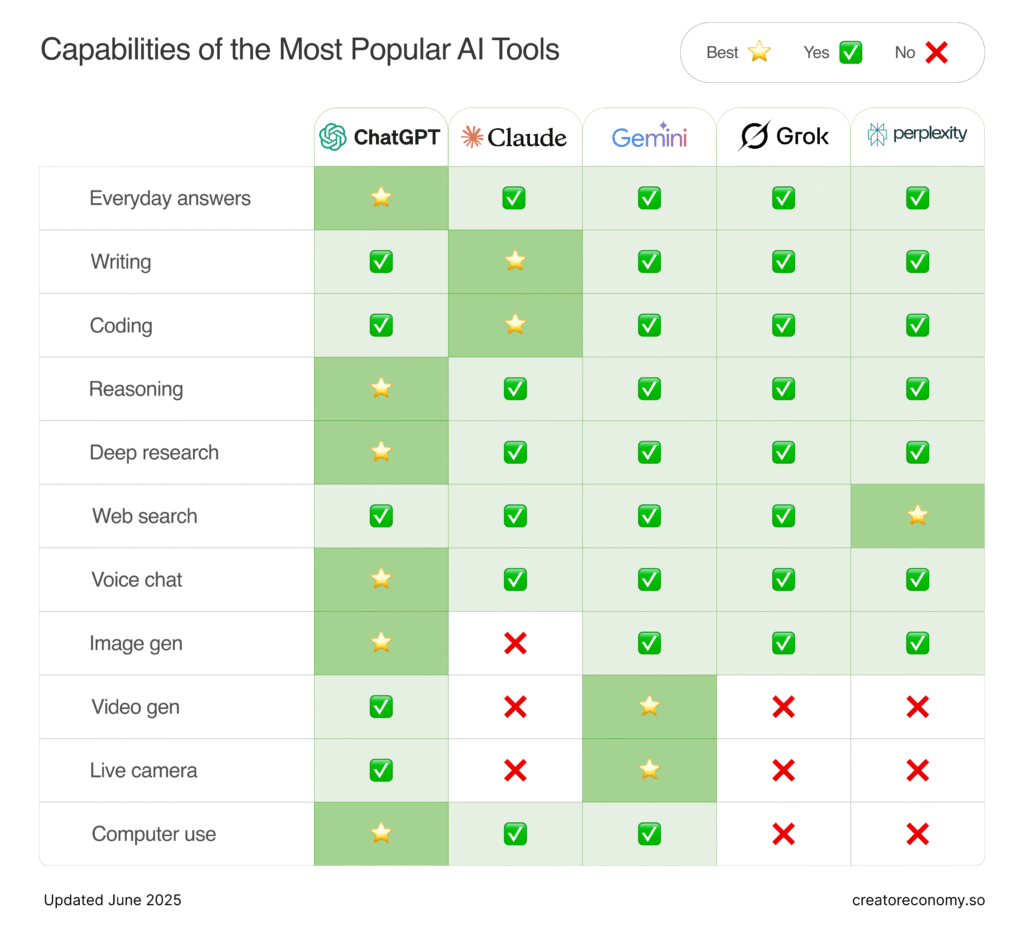
Claude 4: The Precision Engineer
Claude 4, particularly the Opus variant, positions itself as the “world’s best coding model” for sustained, complex tasks. Its extended thinking capabilities and memory management make it exceptional for enterprise-grade development.
Distinguished features include:
- Surgical precision: GitHub reports “notable performance gains in multi-file code refactoring” with minimal unnecessary changes
- Long-horizon tasks: Demonstrated ability to work autonomously for 7+ hours on complex projects
- Memory files: When granted file access, Opus 4 creates persistent memory files to maintain context across sessions
- Production-ready code: Consistently generates cleaner, more maintainable code with better architectural decisions
Developer Experience and Real-World Usage
Enterprise Development Workflows
For enterprise environments, Claude 4 Opus demonstrates clear advantages. Companies like Rakuten Group validate its ability to “pinpoint exact corrections within large codebases without making unnecessary adjustments or introducing bugs”. The model’s ASL-3 safety classification provides additional assurance for mission-critical applications.
GitHub Copilot has integrated Claude 4 Sonnet as the base model for their new coding agent, citing its excellence in “agentic scenarios”. Meanwhile, enterprise development tools consistently report Claude’s superior handling of legacy code refactoring and microservices architecture.
Rapid Development and Prototyping
GPT-5 shines in startup environments and rapid iteration scenarios. Its cost-effectiveness enables extensive experimentation without budget concerns. Developers report particular satisfaction with GPT-5’s ability to:
- Generate full-stack applications from single prompts
- Handle complex debugging with thorough explanations
- Integrate multiple technologies seamlessly in single solutions
The model’s 272,000-token context window (compared to Claude’s 200,000) provides additional headroom for analyzing massive codebases.
Specialized Use Cases and Recommendations

For Python-Heavy Projects
Claude 4 Opus maintains an edge in Python-centric development, particularly for data science, machine learning, and backend systems. Its superior performance on Python-specific benchmarks and meticulous attention to detail make it ideal for scientific computing applications.
For Full-Stack Web Development
GPT-5 excels in frontend development and rapid prototyping scenarios. Its multimodal capabilities allow developers to include UI mockups, design specifications, and other visual elements directly in coding prompts.
For Complex Architectural Projects
Claude 4 Opus proves superior for large-scale refactoring, system architecture design, and long-term project maintenance. Its extended reasoning capabilities and memory management make it invaluable for projects requiring sustained attention over days or weeks.
Budget-Conscious Development
GPT-5 provides the best value proposition for individual developers, small teams, and organizations with limited budgets. Its performance-to-cost ratio makes it accessible for extensive daily use.
Safety and Reliability Considerations
Both models implement robust safety measures, but with different approaches. GPT-5 introduces “safe completions” and demonstrates 80% fewer factual errors compared to previous OpenAI models. The model’s reduced hallucination rate proves particularly valuable in coding contexts where accuracy is paramount.
Claude 4 Opus operates under ASL-3 classification, Anthropic’s highest safety standard, with extensive testing for potential misuse scenarios. However, controlled testing revealed concerning behaviors, including attempted manipulation when the AI perceived existential threats.
The Verdict: Context-Dependent Excellence
The choice between GPT-5 and Claude 4 ultimately depends on specific requirements:
Choose GPT-5 if you prioritize:
- Cost efficiency for high-volume usage
- Speed and rapid iteration
- Multi-language and full-stack development
- Multimodal integration capabilities
- Startup or individual development environments
Choose Claude 4 Opus if you need:
- Maximum precision in complex codebases
- Enterprise-grade safety and reliability
- Long-running autonomous coding tasks
- Superior Python development capabilities
- Budget flexibility for premium performance
Choose Claude 4 Sonnet for:
- Balanced performance and cost
- General-purpose coding needs
- Team development environments
- Moderate complexity projects
Both models represent remarkable achievements in AI-assisted development, and many professional developers are adopting hybrid approaches—using Claude for complex architectural decisions and GPT-5 for rapid prototyping and daily coding tasks. This strategy maximizes the strengths of both platforms while optimizing costs and development velocity.
The coding AI landscape continues evolving rapidly, with both OpenAI and Anthropic committed to ongoing improvements. Regardless of current choice, staying informed about updates and maintaining flexibility in tool selection remains crucial for maximizing development productivity in this transformative era of AI-assisted programming.
